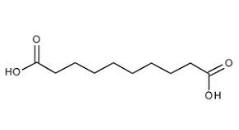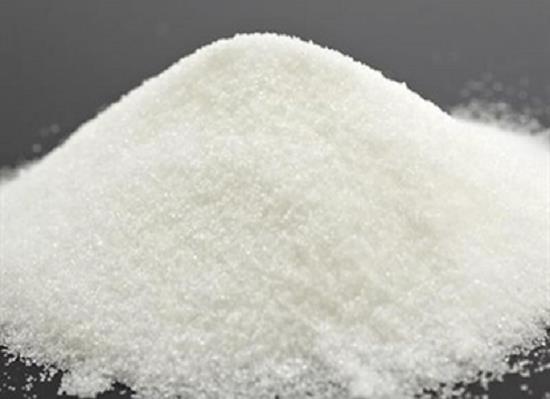Modern applications of sebacic acid
General Description
Sebacic acid is a naturally occurring dicarboxylic acid that has gained attention for its potential applications in various biological processes. Recent studies have revealed its multifaceted roles, including but not limited to, energy storage, biosynthesis of essential molecules, and environmentally sustainable chemical production. Sebacic Acid has many modern industrial applications. It can be used as a monomer for nylon 610, plasticizers, lubricants, hydraulic fluids, cosmetics, candles, and more. It can also be used as a surfactant in the lubricating oil industry to increase the anti-rust properties of lubricating oils on metals. In addition, sebacic Acid is an important component in the production of bio-based polymers with applications in biomedical engineering, drug delivery and tissue engineering. For example, poly (glycerol sebacate) is a biodegradable elastomer made by the polycondensation of glycerol and sebacic acid. It has been widely used in tissue engineering for cardiovascular, neural, cartilage, bone and corneal tissues as well as drug delivery systems and wound healing.
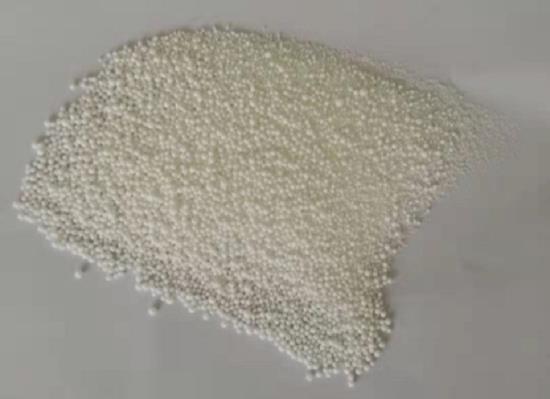
Figure 1. Properties of sebacic acid
Bio-based polymers in biomedical engineering
Poly (glycerol sebacate)
Poly (glycerol sebacate) continues to attract attention for biomedical applications owing to its favorable combination of properties. Conventionally polymerized by a two-step polycondensation of glycerol and sebacic acid, variations of synthesis parameters, reactant concentrations or by specific chemical modifications, Poly (glycerol sebacate) materials can be obtained exhibiting a wide range of physicochemical, mechanical, and morphological properties for a variety of applications. Poly (glycerol sebacate) has been extensively used in tissue engineering of cardiovascular, nerve, cartilage, bone and corneal tissues. 1
Polyanhydride copolymer
A polyanhydride copolymer of carboxyphenoxy propane and sebacic acid has been used in Gliadel brain tumor implants for the controlled delivery of carmustine or bis-chloroethylnitrosourea. It is a bioresorbable medicinal implant that is used to deliver anticancer agents to cerebral tumor sites. However, the number of polyanhydride products available in the market is less compared to polyester-based products. The main reasons are limited shelf-life and lack of synthesis methods that produce polymers with narrow dispersity. Despite these shortcomings polyanhydride biomaterials continue to thrive, and numerous improvements have been developed. 2,3
Biomarker of liver aging
A study found that it was found to be decreased in plasma among aged mice and older humans, while it increased in the livers of aged mice. Sebacic acid is known to be an end product of the ω-oxidation of decanoic acid and can further convert into acetyl-CoA via β-oxidation. The increased level of sebacic acid in the liver of aged mice may be due to the up-regulation of ω-oxidation enzymes such as Cyp4a14, Adh7 and Aldh3a2, which promote the metabolism of sebacic acid into acetyl-CoA and reduce its secretion into plasma. In contrast, a previous study has shown that patients with Acadm deficiency exhibit high levels of plasma sebacic acid due to a reduction in β-oxidation. Thus, the up-regulation of β-oxidation enzymes in mouse liver, including Acadm, Echs1, Hsd17b4, Ehhadh and Acaa1a, could potentially help prevent the accumulation of sebacic acid in plasma. 4
Modern industrial applications
Sebacic acid has been historically used in the production of candles, soaps, and greases. However, recent advancements have allowed for the discovery of new applications for this versatile compound. Sebacic acid is commonly used as a building block for the production of bioplastics made from renewable sources. It can be polymerized with other organic compounds to form biodegradable and sustainable plastics. In addition, sebacic acid is used in the automotive industry as a plasticizer to improve the flexibility, durability, and temperature resistance of car plastics. It is also used in the fiber industry as a chemical intermediate in the manufacture of high-performance fibers such as nylon and polyester, improving stability, elasticity, and resistance properties. Sebacic acid's unique properties and versatility have made it an essential component in various modern industries such as metalworking and personal care products.
Reference
1. Vogt L, Ruther F, Salehi S, Boccaccini AR. Poly(Glycerol Sebacate) in Biomedical Applications-A Review of the Recent Literature. Adv Healthc Mater, 2021, 10(9):e2002026.
2. Basu A, Domb AJ. Recent Advances in Polyanhydride Based Biomaterials. Adv Mater, 2018, 30(41):e1706815.
3. Kumar N, Langer RS, Domb AJ. Adv. Drug Delivery Rev, 2002, 54:889.
4. Huang CH, Lee WJ, Huang YL, Tsai TF, Chen LK, Lin CH. Sebacic acid as a potential age-related biomarker of liver aging: evidence linking mice and human. J Gerontol A Biol Sci Med Sci, 2023, glad121.
);You may like
Related articles And Qustion
Lastest Price from Sebacic acid manufacturers
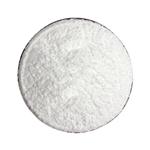
US $45.00-35.00/kg2024-04-26
- CAS:
- 111-20-6
- Min. Order:
- 1kg
- Purity:
- 99%
- Supply Ability:
- 20Tons
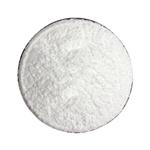
US $45.00-35.00/kg2024-04-26
- CAS:
- 111-20-6
- Min. Order:
- 1kg
- Purity:
- 99%
- Supply Ability:
- 20Tons

